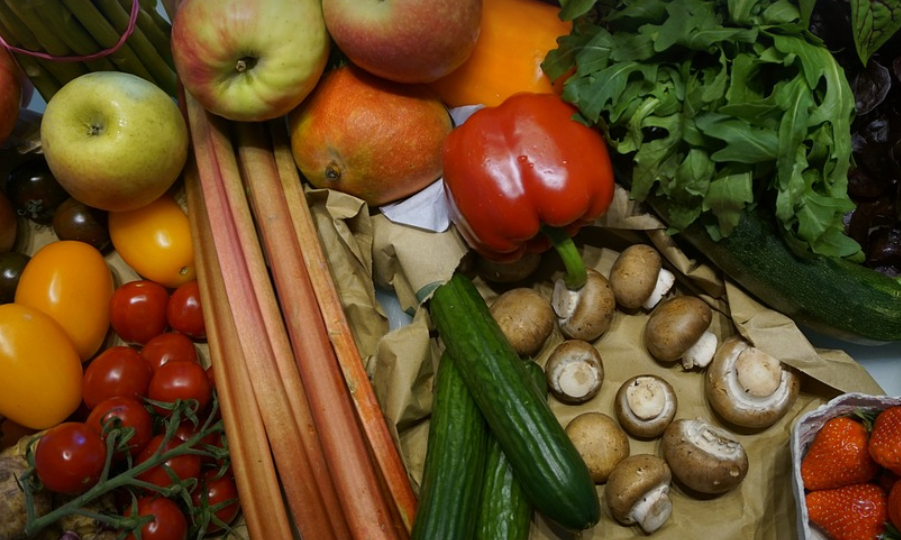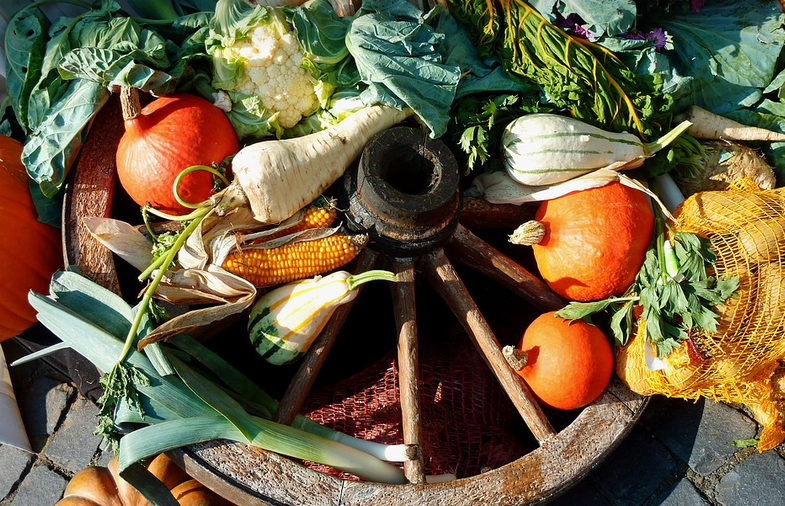Landscaping Request For Proposal Template

Get Your Dream Yard Planted: A Simple Guide to Requesting Proposals
Transforming your outdoor space into an oasis of relaxation and beauty is a dream for many homeowners. Whether it’s adding some extra privacy with a lush hedge, creating a vibrant kids’ play area, or simply sprucing up the front yard for curb appeal, landscaping can significantly enhance your home and lifestyle.
However, embarking on a major project like this can feel overwhelming. From choosing the right plants to coordinating with contractors, it requires careful planning. This is where a well-crafted Landscaping Request for Proposal (RFP) template comes in handy.
An RFP acts as a clear and focused communication tool between you and landscaping professionals. It ensures everyone on board understands your vision, budget constraints, and timelines. This document will also help you get the most competitive bids from qualified companies, leading to a smoother project execution and a better outcome for your yard.
Here’s how to create an excellent Landscaping Request for Proposal Template that caters to your needs and makes a lasting impression on potential contractors:
Crafting Your Landscaping RFP: A Step-by-Step Guide
1. Define Your Vision & Goals
Before you dive into the technicalities of the request, it’s crucial to have a clear picture of what you want to achieve with your landscaping project. Think about:
- **Your overall aesthetic goals:** Do you envision a modern minimalist landscape or a traditional cottage garden?
- **Desired functionalities:** Would you like an outdoor seating area, a vegetable garden, or a kid-friendly play zone?
- **Functional needs:** Consider aspects like drainage, accessibility, and any specific requirements related to your property’s unique features.
Having these answers will provide the foundation for your RFP.
2. Set Your Budget & Timeline
Budget is a critical factor in any construction project. Be realistic about what you can afford and set clear spending limits for different aspects of the project.
Don’t forget to outline your timeline expectations, like:
- **Desired completion date:** When would you ideally like the landscaping project to be completed?
- **Phases of the project:** Are there any specific deadlines or milestones that need to be met?
3. Detailed Project Description
This section requires a detailed description of your landscaping vision, including:
– **Existing landscape features:** Point out existing plants, trees, or structures that you wish to retain and incorporate into the new design.
– **The desired look & feel:** Describe the overall aesthetic you are aiming for (e.g., modern, traditional, zen garden) including any specific styles or materials you’d like to see used (e.g., brick pavers, natural stone, drought-resistant plants).
– **Key elements and features:** Mention specific landscaping features you desire (e.g., a water feature, an outdoor fireplace, raised beds for vegetables).
4. Detailed Design & Specifications
Provide detailed specifications regarding the intended design of your landscape:
- **Site analysis:** Include measurements of your yard and any existing structures (e.g., house, shed) to ensure accurate planning.
- **Planting plan:** Include a list of plants you like, ideally incorporating native species for local sustainability.
- **Irrigation system:** Consider the type and placement of irrigation systems, including drip lines or sprinklers. Let them know if your yard has specific drainage needs (e.g., low-lying areas).
5. Contact information & Preferred communication methods
Ensure your RFP is easily accessible to potential contractors, so gather all necessary contact details: Your name, phone number, email address and preferred frequency of communication channels (e.g., phone calls, emails).
6. Include a sample landscape design or photos for inspiration
A visual representation can increase the clarity of your vision.
7. Review & Finalize Your RFP
Once you’ve completed all these steps, review and finalize your RFP template. Make sure there are no errors and that it is clear and comprehensive for potential contractors to understand your project’s requirements and goals.
Why it Matters: The Benefits of an Effective RFP Template
Creating a well-crafted Landscaping Request for Proposal (RFP) doesn’t just streamline the process; it also opens doors for more effective communication and collaboration with landscaping professionals. Here are some benefits:
* **Clarity & Focus:** A clear request helps everyone stay on the same page, preventing misunderstandings or misinterpretations later down the road, streamlining the process. * **Competitive Bidding:** You attract a wider range of bids from contractors who specialize in your desired project scope and style, ultimately leading to better competition and more competitive pricing. * **Project Vision & Goals:** A detailed RFP allows professionals to understand your vision and goals fully, encouraging a seamless execution of your landscaping plan. * **Efficiency & Timely Execution:** By providing clear information upfront, the RFP ensures everyone is on the same page about your project timeline and expectations. * **Increased Communication**: The RFP fosters open communication with potential contractors and allows for a better understanding of their expertise, experience, and proposed solutions.
In conclusion, crafting an effective Landscaping Request for Proposal (RFP) template not only helps you find the right landscaping professionals but also sets the foundation for a successful project that brings your dream yard to life.


